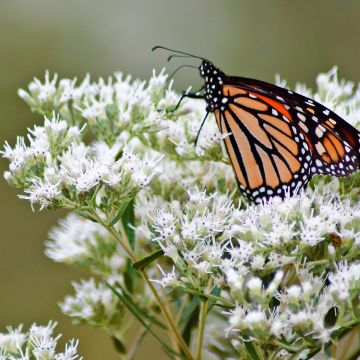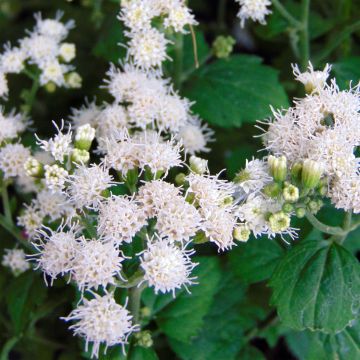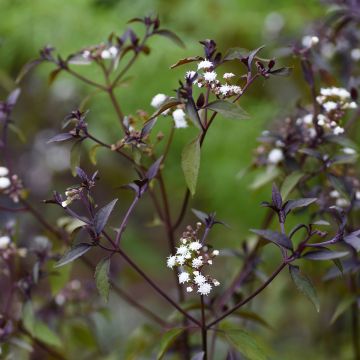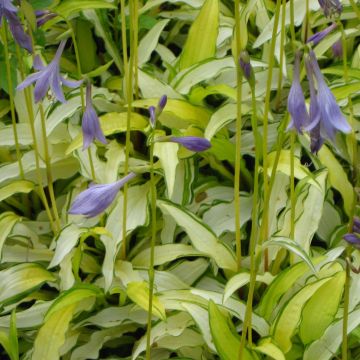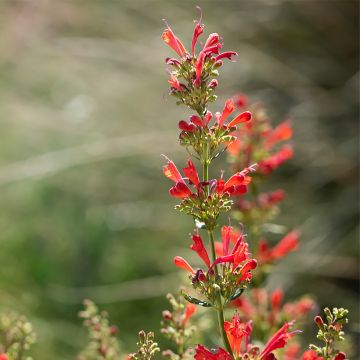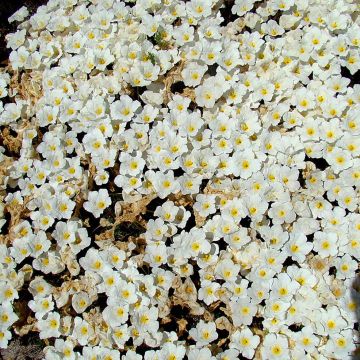

Eupatorium capillifolium Elegant Plume
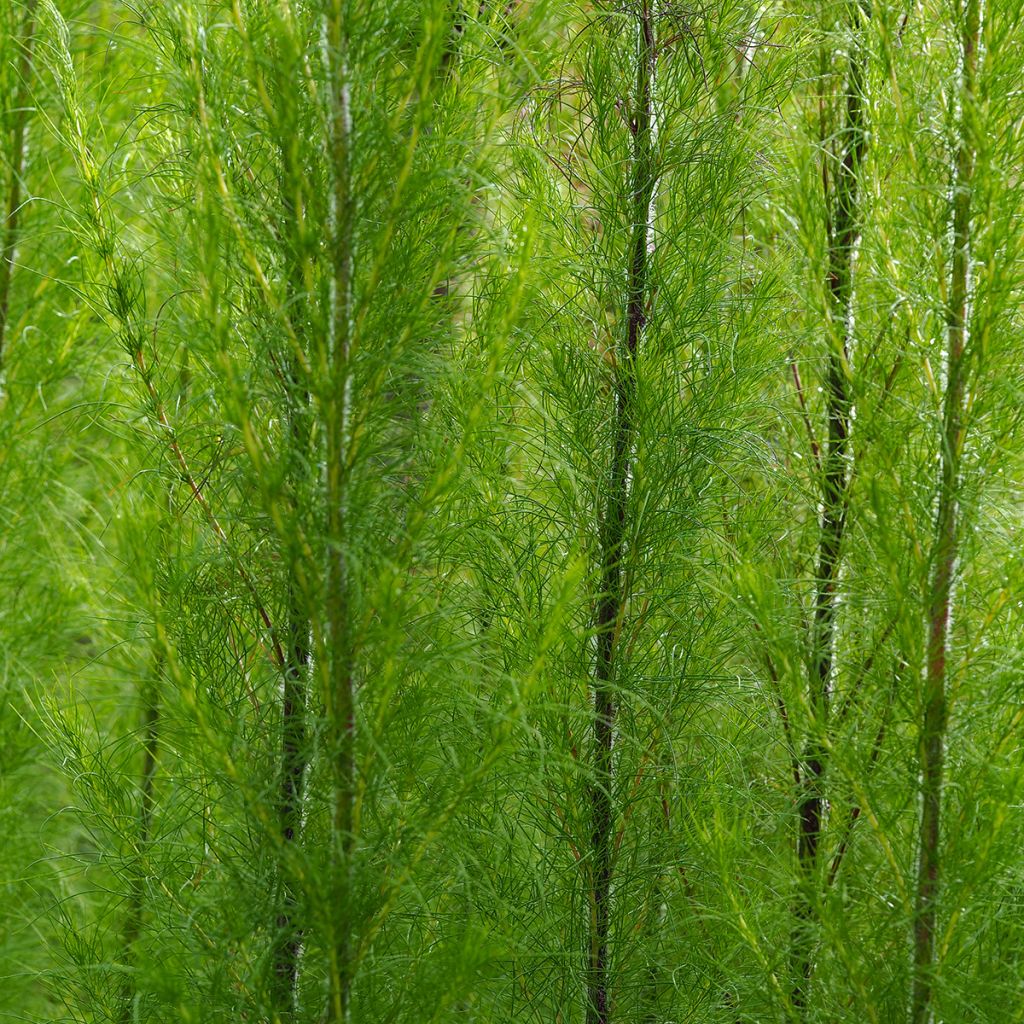

Eupatorium capillifolium Elegant Plume


Eupatorium capillifolium Elegant Plume
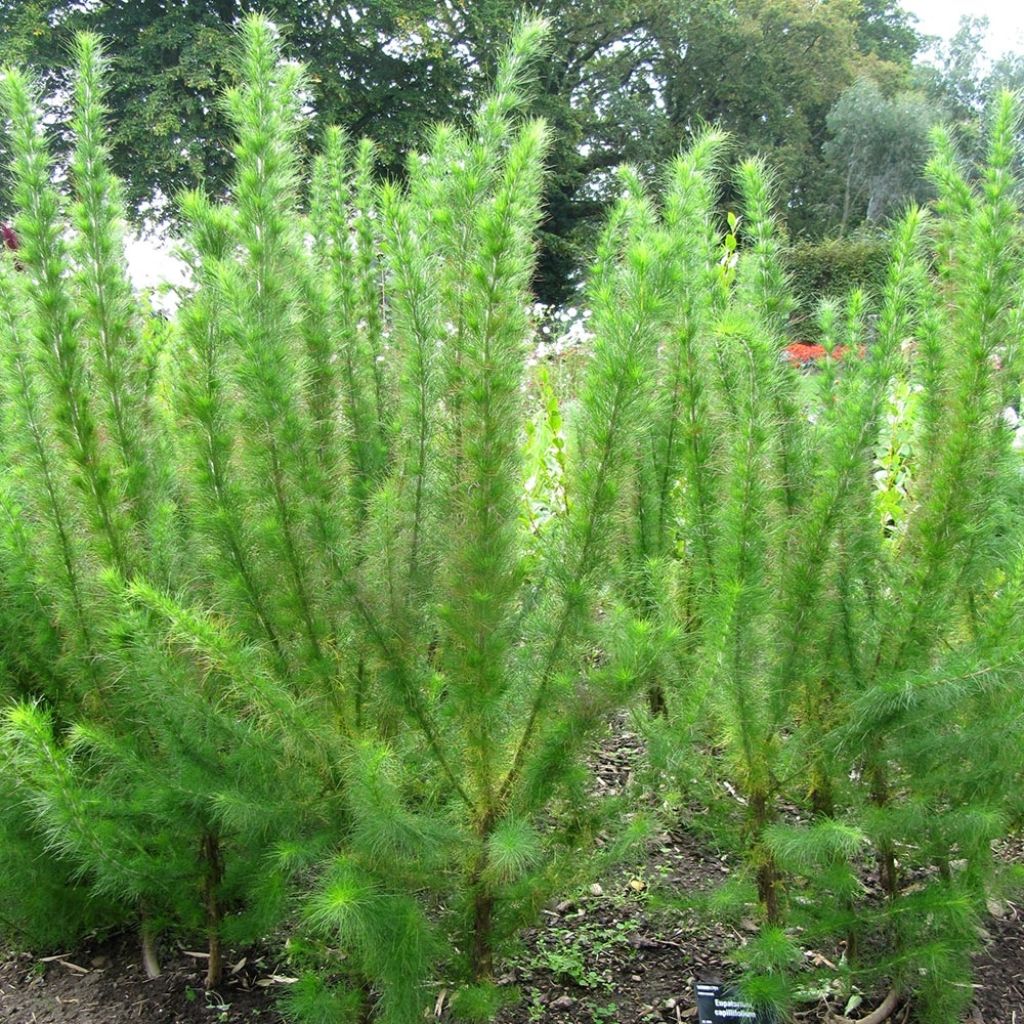

Eupatorium capillifolium Elegant Plume


Eupatorium capillifolium Elegant Plume
Eupatorium capillifolium Elegant Plume
Eupatorium capillifolium Elegant Plume
Sneeze weed, Dog fennel
This item cannot be shipped to the selected country
Delivery charge from €5.90
Delivery charge from €5.90
More information
Schedule delivery date,
and select date in basket
This plant carries a 12 months recovery warranty
More information
We guarantee the quality of our plants for a full growing cycle, and will replace at our expense any plant that fails to recover under normal climatic and planting conditions.
From €5.90 for pickup delivery and €6.90 for home delivery
Express home delivery from €8.90.
From €5.90 for pickup delivery and €6.90 for home delivery
Express home delivery from €8.90.

Does this plant fit my garden?
Set up your Plantfit profile →
Description
Eupatorium 'Elegant Plume' is derived from Eupatorium capillifolium, a curious North American perennial species that owes its species name, capillifolium, to the resemblance of its thread-like leaves to hair (in Latin, capilla). Growing to human height, this variety is composed of stems adorned with soft green feathery foliage, ending in light panicles of inconspicuous flowers in summer. This plant, with its airy and infinitely delicate appearance, will find its place in shrub or perennial beds, adding a touch of lightness. Its blurred yet wild aspect gives a slightly wild air to the garden.
Eupatorium capillifolium is a large herbaceous perennial of the Asteraceae family, native to the eastern and southern parts of the United States. Unlike other Eupatorium species, this one is not limited to marshy or permanently wet areas, and it tolerates periods of drought if it has a deep soil. It is found in the wild along roadsides, in lightly ploughed fields, fallow lands, as well as in disturbed habitats or areas recently burned by fires.
Eupatorium 'Elegant Plume' is a sterile horticultural hybrid that does not produce seeds and is not at risk of becoming invasive. This plant forms a large clump of leafy stems that can reach a height of 1.80 m (6ft) under favourable conditions. It spreads weakly in width through its rhizomatous stump, occupying no more than 60cm (24in) of soil. The stems, covered with short hairs, are branched, vertical, hollow but sturdy, and bear finely cut leaves that appear thread-like. This aromatic vegetation, containing essential oils, emits an unpleasant odour when crushed. Flowering occurs in late summer, usually from August, and continues into September. At the tips of the green stems, branched panicle inflorescences emerge, somewhat loose, carrying numerous tiny cream-pink to uncertain greenish flowers arranged in heads. The deciduous foliage dries up and disappears in winter.
EupatoriumElegant Plume , a delightful curiosity for botany enthusiasts, is an easy-to-grow plant that withstands cold, temporary droughts, insects, and diseases. For the garden, it plays the same role as fennels, lightening the blooms or foliage of more robust perennials. For example, it can be planted next to perennial sunflowers, beautiful grasses (Panicum, Miscanthus...), autumn asters, salvias, Perovskia, dwarf abelias, and many others.
Report an error about the product description
Eupatorium capillifolium Elegant Plume in pictures


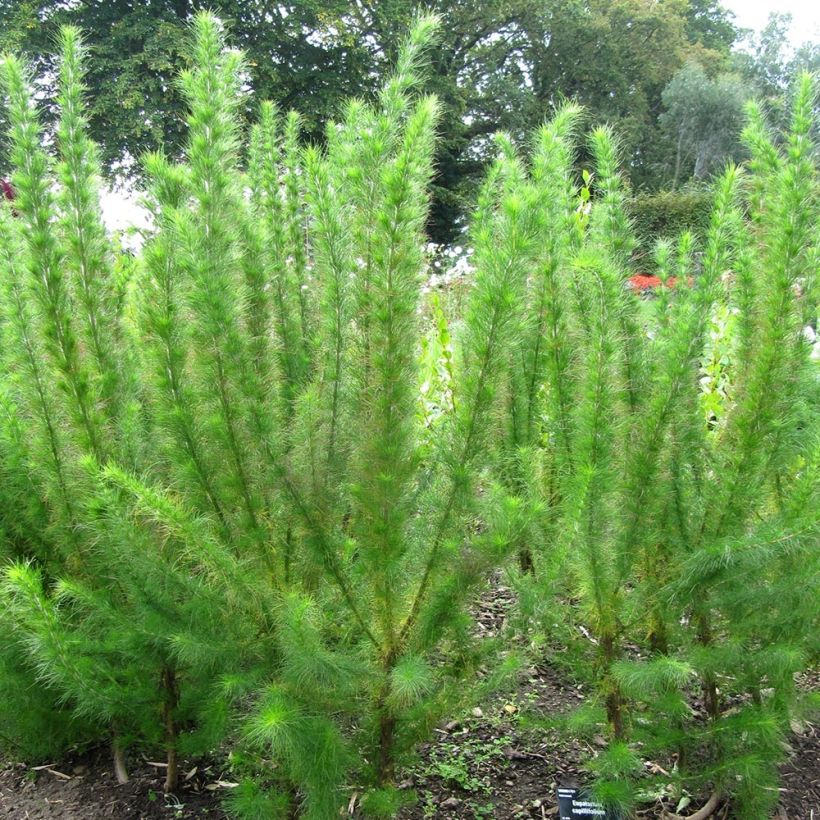

Flowering
Foliage
Plant habit
Botanical data
Eupatorium
capillifolium
Elegant Plume
Asteraceae
Sneeze weed, Dog fennel
North America
Other Eupatorium - Boneset
Planting and care
In its natural state, this Eupatorium capillifolium grows in well-drained, deep, occasionally dry soils in summer. In the garden, it should be planted in a sunny or semi-shaded position. Avoid excessively calcareous soils. Water sporadically if the summer is very dry. Adding compost in spring is beneficial. It is a hardy plant, resistant to diseases, and requires very little maintenance once established.
Planting period
Intended location
Care
-
, onOrder confirmed
Reply from on Promesse de fleurs
Summer flowering perennials
Haven't found what you were looking for?
Hardiness is the lowest winter temperature a plant can endure without suffering serious damage or even dying. However, hardiness is affected by location (a sheltered area, such as a patio), protection (winter cover) and soil type (hardiness is improved by well-drained soil).

Photo Sharing Terms & Conditions
In order to encourage gardeners to interact and share their experiences, Promesse de fleurs offers various media enabling content to be uploaded onto its Site - in particular via the ‘Photo sharing’ module.
The User agrees to refrain from:
- Posting any content that is illegal, prejudicial, insulting, racist, inciteful to hatred, revisionist, contrary to public decency, that infringes on privacy or on the privacy rights of third parties, in particular the publicity rights of persons and goods, intellectual property rights, or the right to privacy.
- Submitting content on behalf of a third party;
- Impersonate the identity of a third party and/or publish any personal information about a third party;
In general, the User undertakes to refrain from any unethical behaviour.
All Content (in particular text, comments, files, images, photos, videos, creative works, etc.), which may be subject to property or intellectual property rights, image or other private rights, shall remain the property of the User, subject to the limited rights granted by the terms of the licence granted by Promesse de fleurs as stated below. Users are at liberty to publish or not to publish such Content on the Site, notably via the ‘Photo Sharing’ facility, and accept that this Content shall be made public and freely accessible, notably on the Internet.
Users further acknowledge, undertake to have ,and guarantee that they hold all necessary rights and permissions to publish such material on the Site, in particular with regard to the legislation in force pertaining to any privacy, property, intellectual property, image, or contractual rights, or rights of any other nature. By publishing such Content on the Site, Users acknowledge accepting full liability as publishers of the Content within the meaning of the law, and grant Promesse de fleurs, free of charge, an inclusive, worldwide licence for the said Content for the entire duration of its publication, including all reproduction, representation, up/downloading, displaying, performing, transmission, and storage rights.
Users also grant permission for their name to be linked to the Content and accept that this link may not always be made available.
By engaging in posting material, Users consent to their Content becoming automatically accessible on the Internet, in particular on other sites and/or blogs and/or web pages of the Promesse de fleurs site, including in particular social pages and the Promesse de fleurs catalogue.
Users may secure the removal of entrusted content free of charge by issuing a simple request via our contact form.
The flowering period indicated on our website applies to countries and regions located in USDA zone 8 (France, the United Kingdom, Ireland, the Netherlands, etc.)
It will vary according to where you live:
- In zones 9 to 10 (Italy, Spain, Greece, etc.), flowering will occur about 2 to 4 weeks earlier.
- In zones 6 to 7 (Germany, Poland, Slovenia, and lower mountainous regions), flowering will be delayed by 2 to 3 weeks.
- In zone 5 (Central Europe, Scandinavia), blooming will be delayed by 3 to 5 weeks.
In temperate climates, pruning of spring-flowering shrubs (forsythia, spireas, etc.) should be done just after flowering.
Pruning of summer-flowering shrubs (Indian Lilac, Perovskia, etc.) can be done in winter or spring.
In cold regions as well as with frost-sensitive plants, avoid pruning too early when severe frosts may still occur.
The planting period indicated on our website applies to countries and regions located in USDA zone 8 (France, United Kingdom, Ireland, Netherlands).
It will vary according to where you live:
- In Mediterranean zones (Marseille, Madrid, Milan, etc.), autumn and winter are the best planting periods.
- In continental zones (Strasbourg, Munich, Vienna, etc.), delay planting by 2 to 3 weeks in spring and bring it forward by 2 to 4 weeks in autumn.
- In mountainous regions (the Alps, Pyrenees, Carpathians, etc.), it is best to plant in late spring (May-June) or late summer (August-September).
The harvesting period indicated on our website applies to countries and regions in USDA zone 8 (France, England, Ireland, the Netherlands).
In colder areas (Scandinavia, Poland, Austria...) fruit and vegetable harvests are likely to be delayed by 3-4 weeks.
In warmer areas (Italy, Spain, Greece, etc.), harvesting will probably take place earlier, depending on weather conditions.
The sowing periods indicated on our website apply to countries and regions within USDA Zone 8 (France, UK, Ireland, Netherlands).
In colder areas (Scandinavia, Poland, Austria...), delay any outdoor sowing by 3-4 weeks, or sow under glass.
In warmer climes (Italy, Spain, Greece, etc.), bring outdoor sowing forward by a few weeks.

































